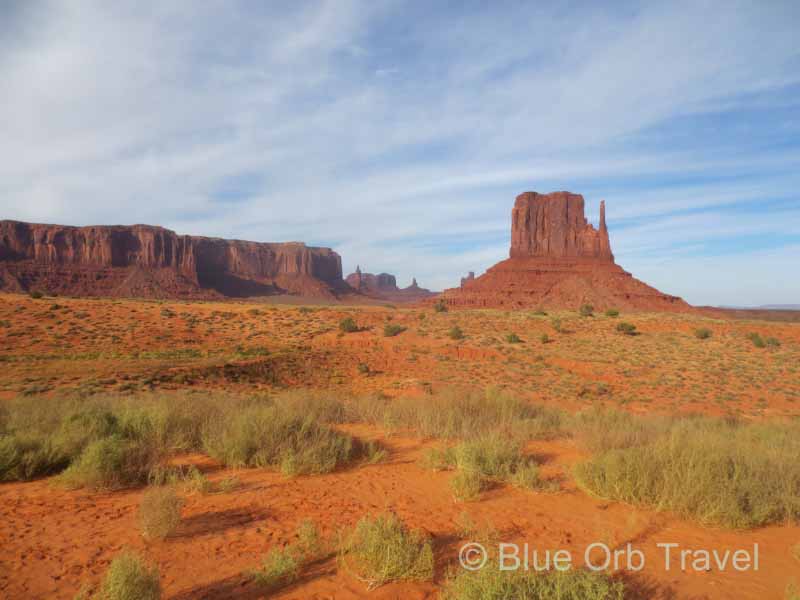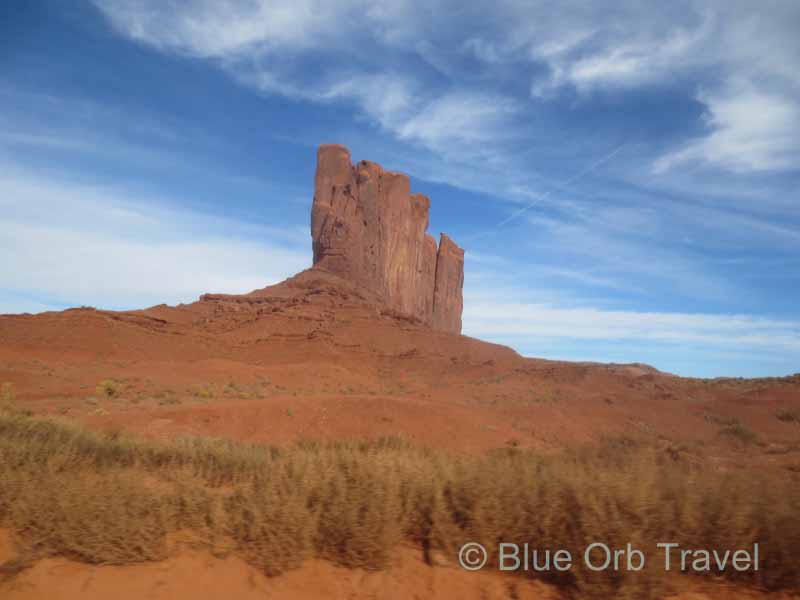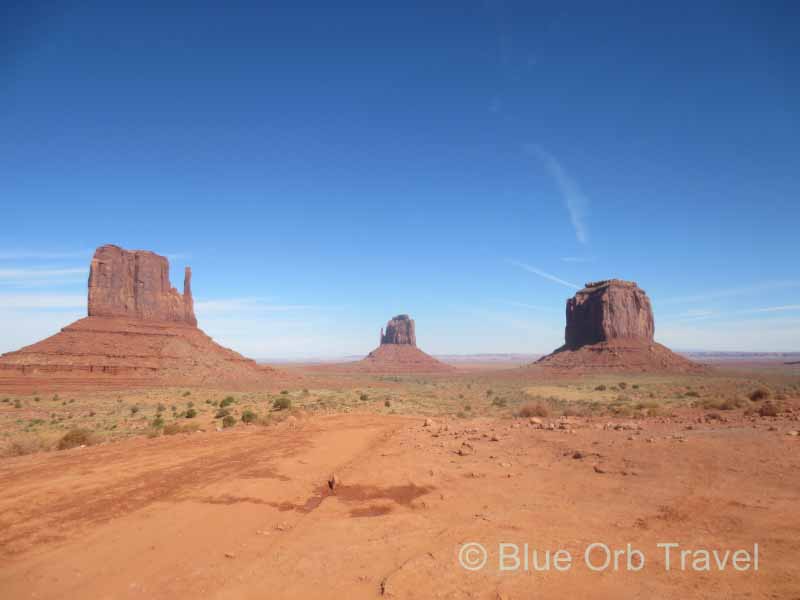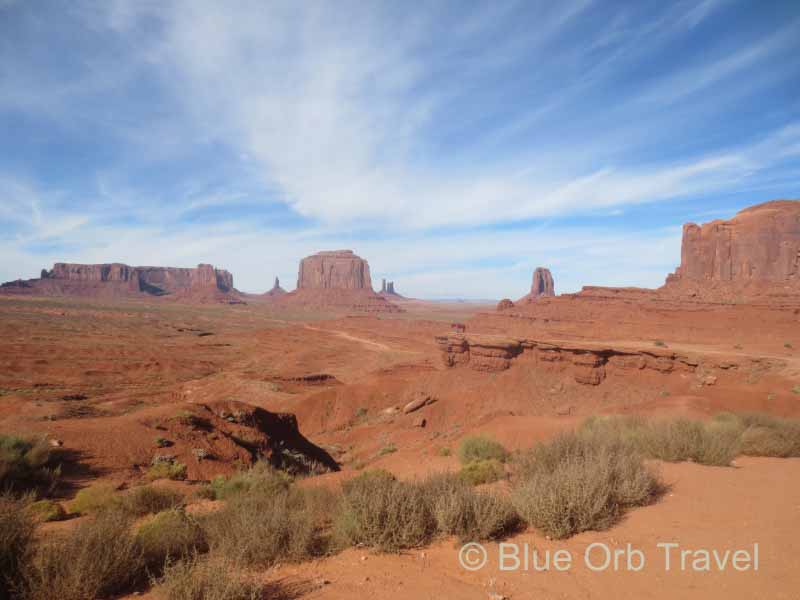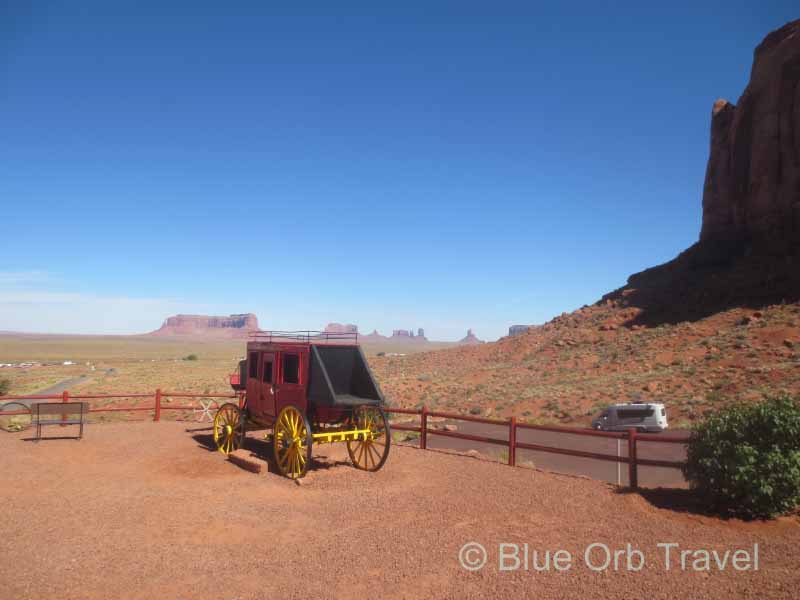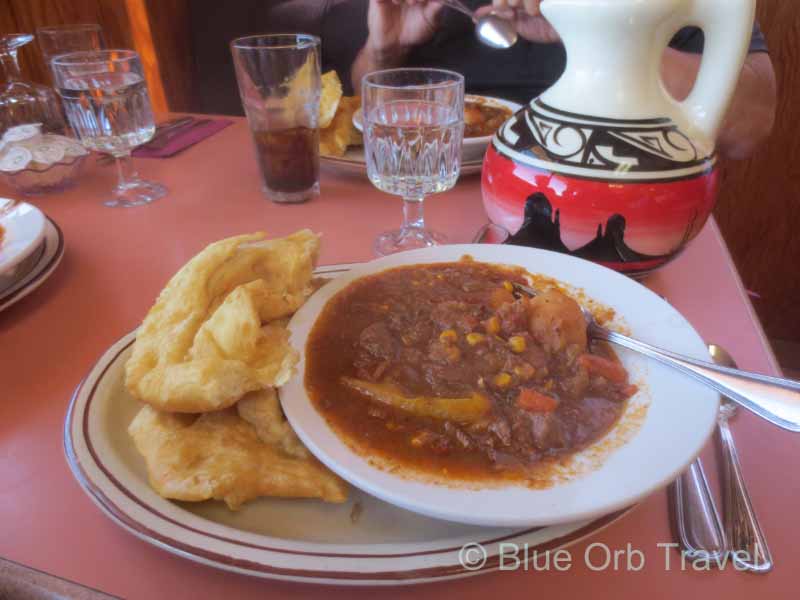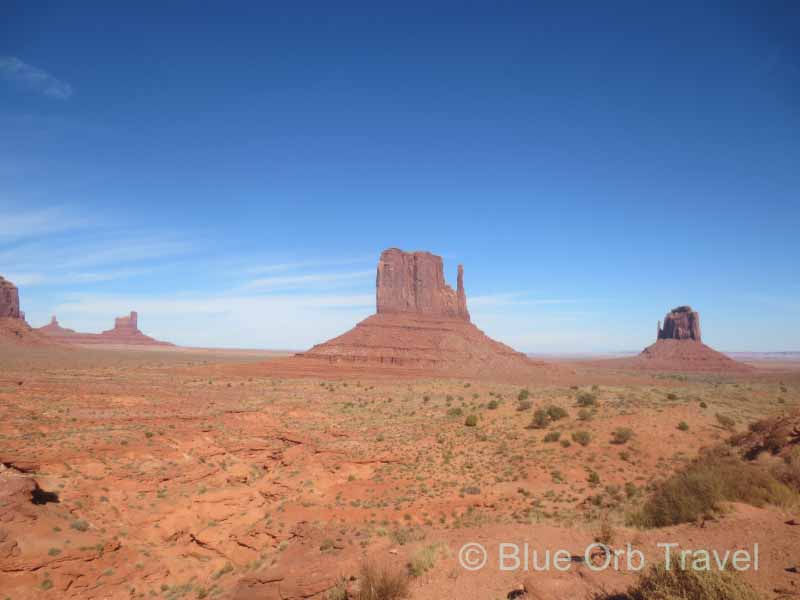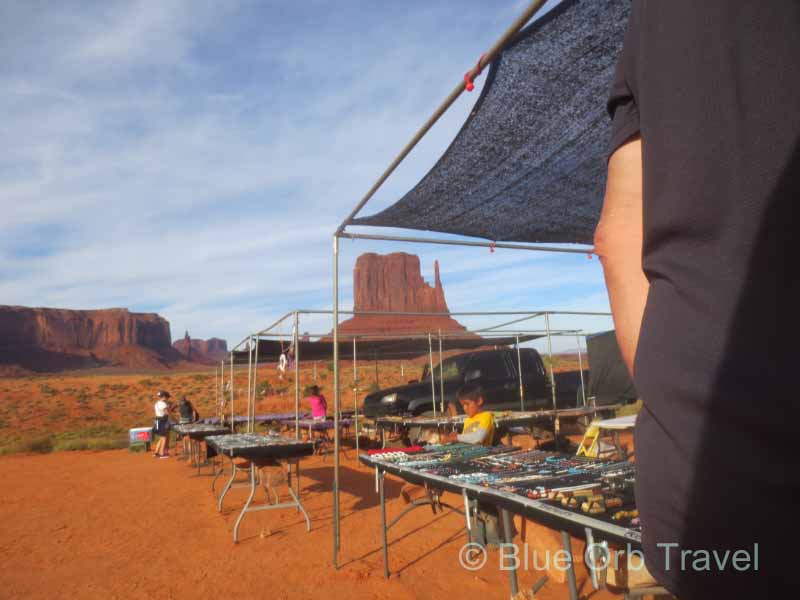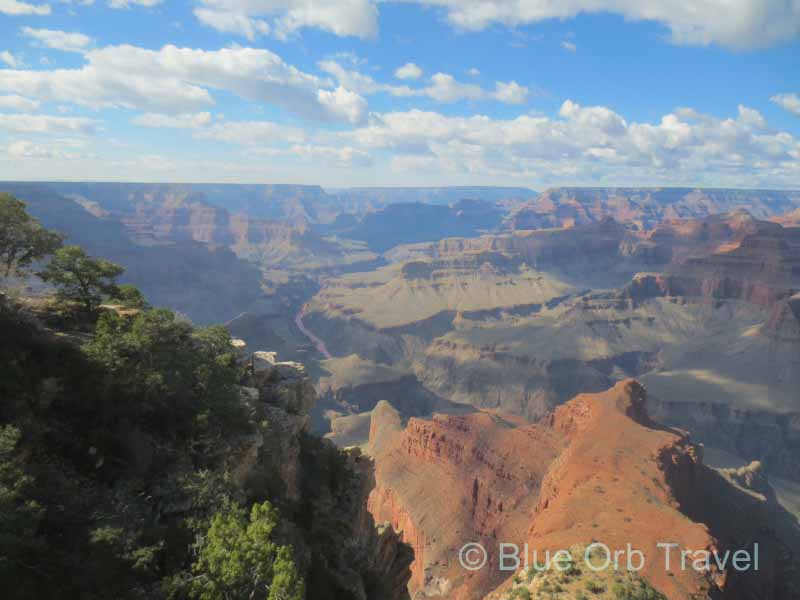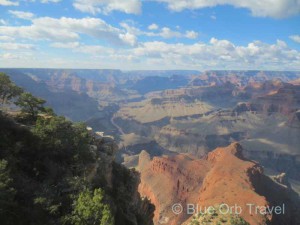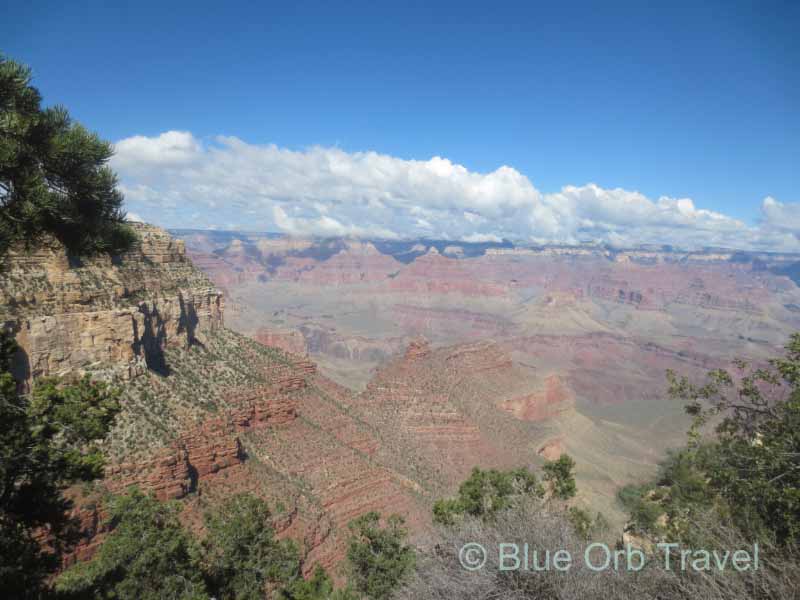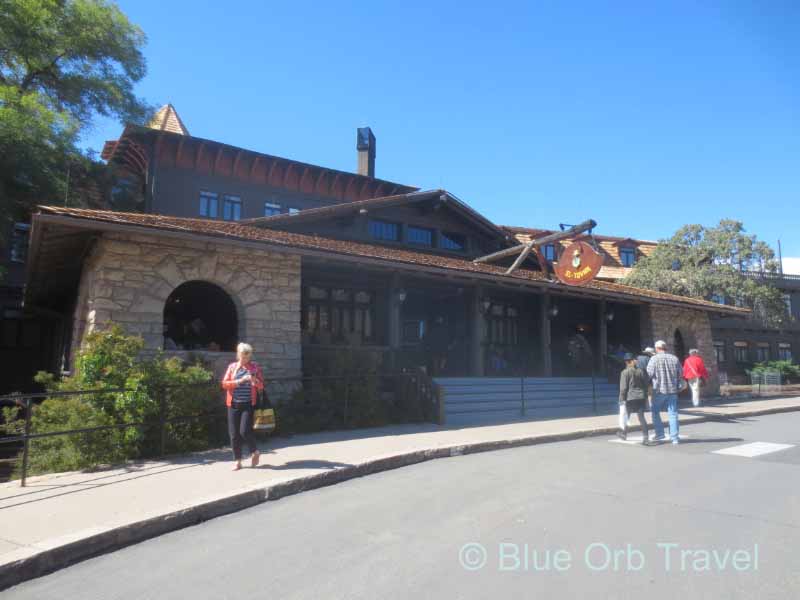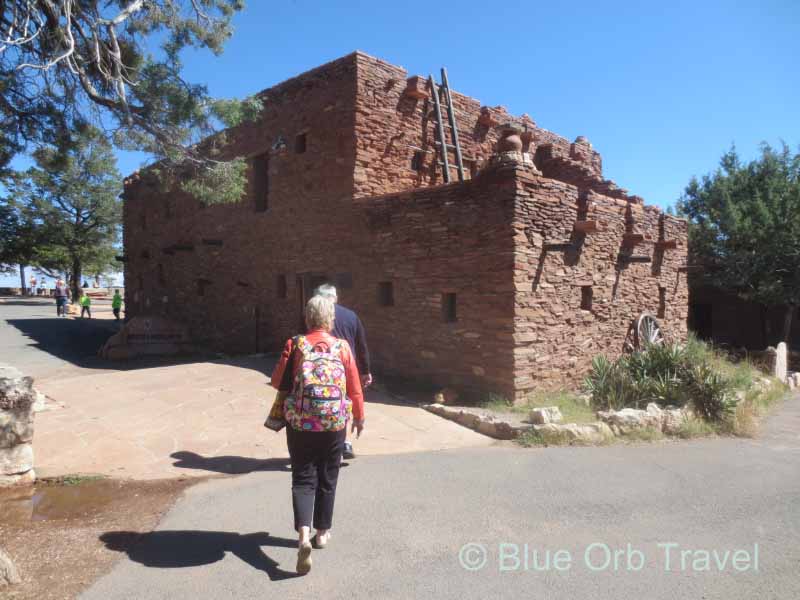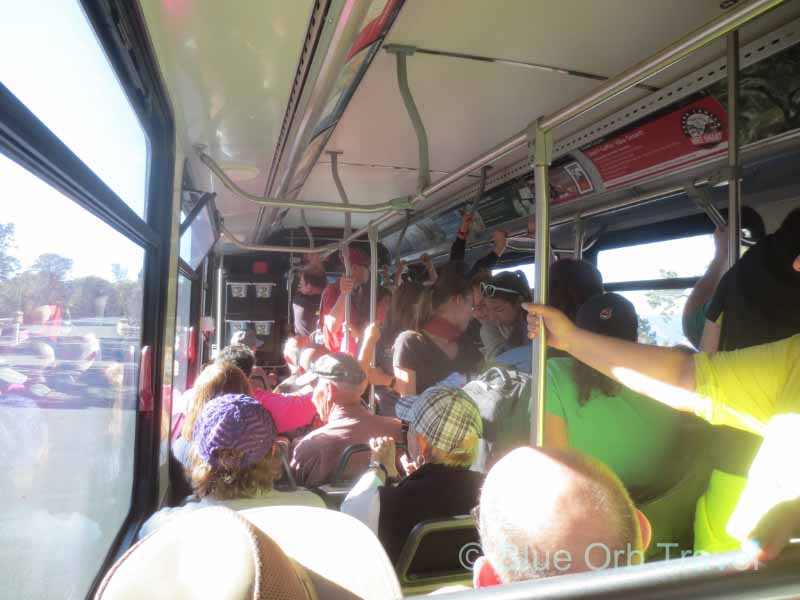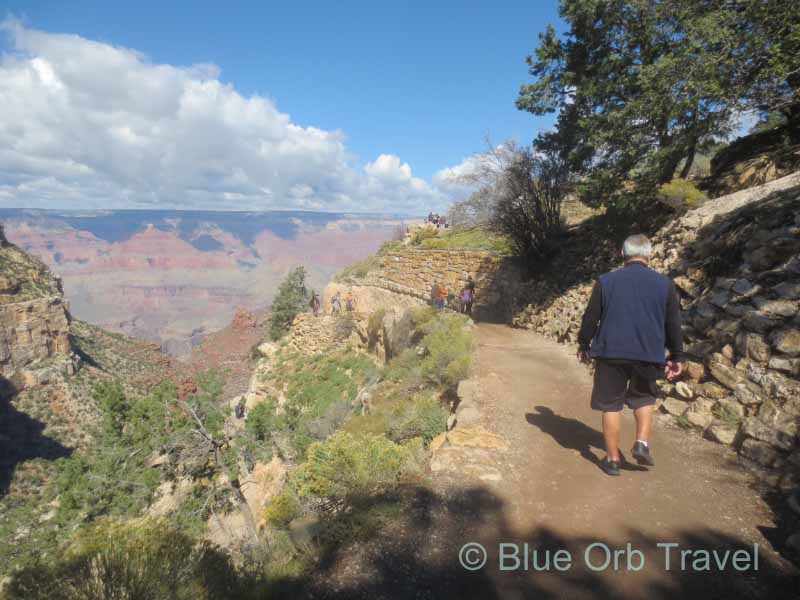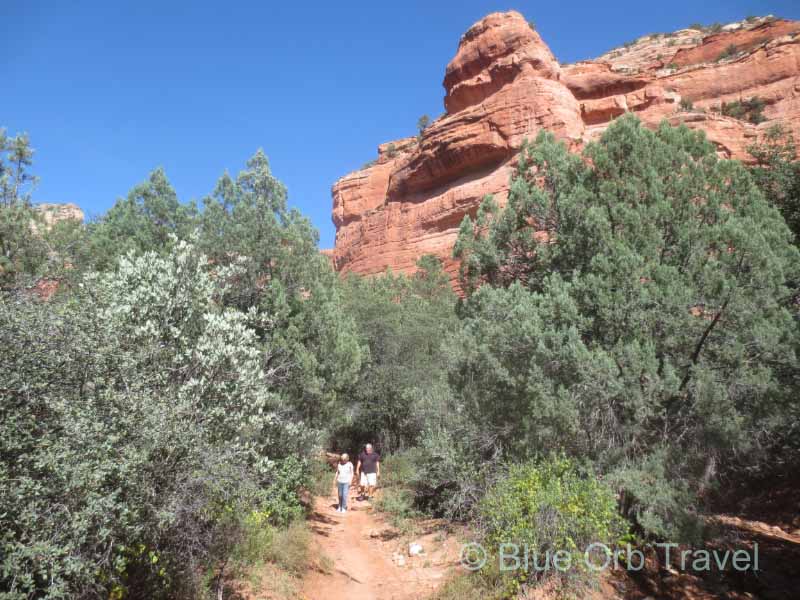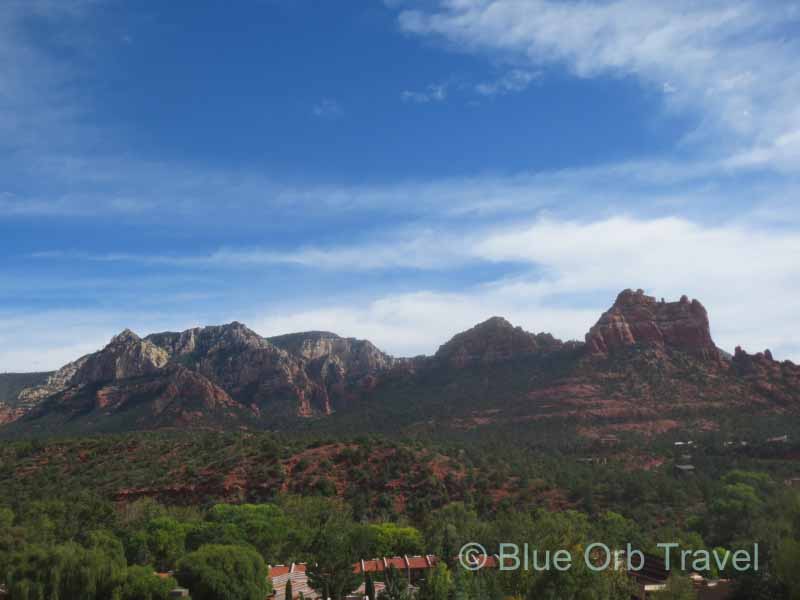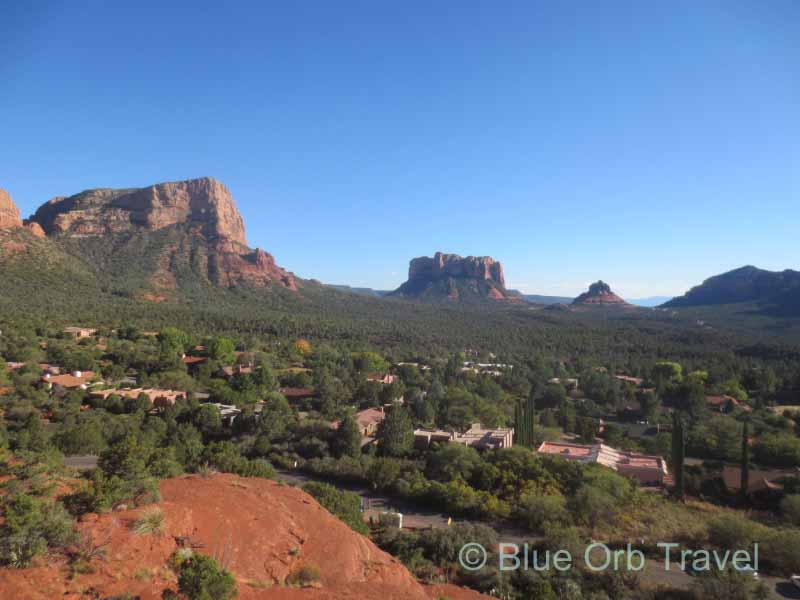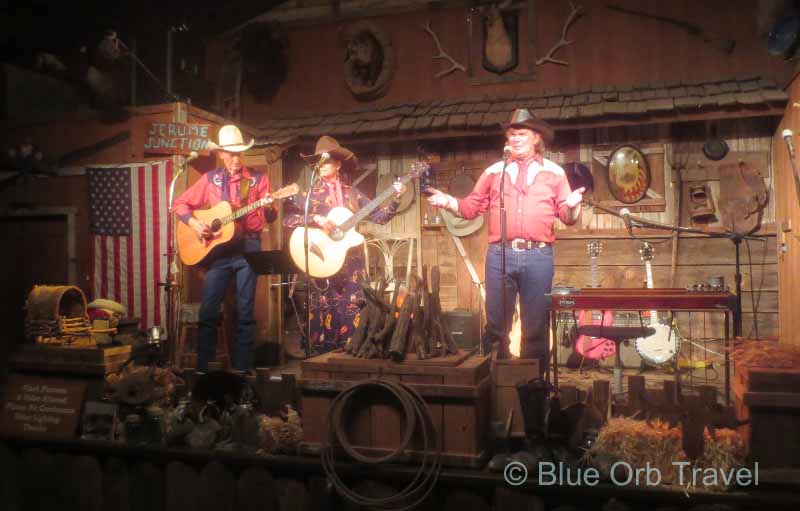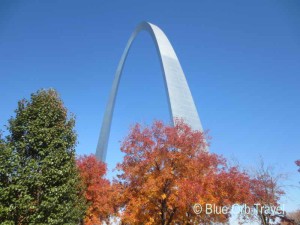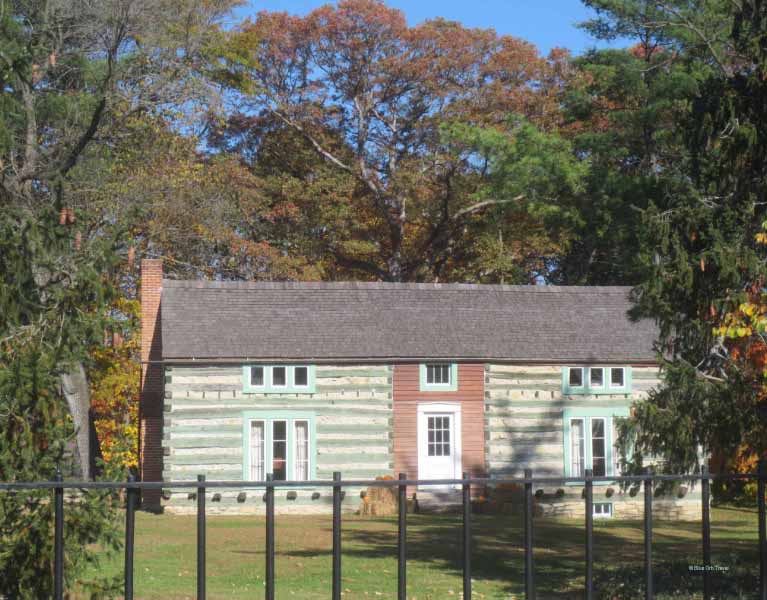Camping at Lake Tahoe
Camping Is Pretty Wild
Lake Tahoe is a large, deep, clear, freshwater lake straddling the California-Nevada border. This alpine lake attracts visitors from around the world and whether you enjoy hiking, camping, boating, fishing, skiing or gambling at the Nevada state line, a trip to Tahoe will not disappoint. I have been ‘going to Tahoe’ since I was a child and in recent years it has been for an annual camping trip with friends and family. It seems that a lot folks these days cannot get along without the comforts of home, so it’s refreshing to see just how many ‘tent’ campers like us there still are out there. It is always important to remember that when you are camping, you are in the wilderness, which means that encounters with wild animals are not uncommon. Even though it is required that all food be kept in ‘bear proof’ steel boxes, these wild creatures still wander through camp, hoping that someone may have left a tasty morsel out on the camp table. This year we were treated to a visit by one of these majestic animals as it walked right past us in camp. We gave it a wide berth and it didn’t seem the least bit interested in us.
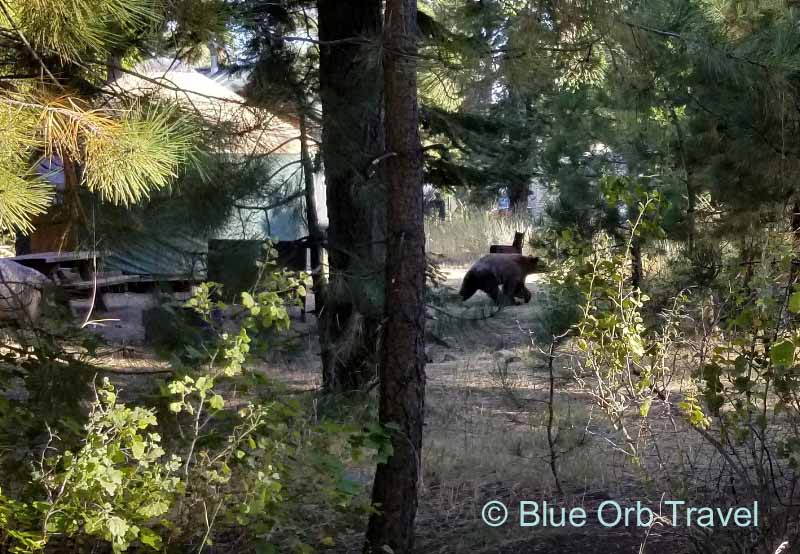
A Cautionary Tail
An unfortunate incident occurred on the last night of our recent camping trip to Tahoe that I feel compelled to relate so that others can avoid the same situation. It was an incident that cast a pall on an otherwise wonderful time. After dinner we spent a pleasant evening around the campfire, chatting and roasting marshmallows. Somewhere between 10 and 11 PM we all retired to our tents for the night since we had to break camp the next morning and head for home. I had just settled into my sleeping bag when there came a hideous sound that could have awakened the dead. It was a loud squeal-like barking of a dog crying out in terror and pain. It lasted only about 30 seconds. When the wailing suddenly stopped, I knew immediately what had happened…a coyote had snatched someone’s pet dog and carried it away. I jumped out of my tent to see it I could help, knowing there was little hope that the dog could be rescued. The entire camp had been awakened by the pathetic howling of the dog and the anguished crying of the grief-stricken owners that followed. A number of campers tried to help and console them and some began a search of the entire campground with flashlights. Someone thought they heard the dog or maybe even spotted it, but they were unable to catch it. Then, one by one the searchers dropped out and the dog’s owners returned to their camp to continue their grieving alone. In what can only be described as a miracle, the dog had somehow managed to get away from the coyote and was able to find its way back to camp several hours later.
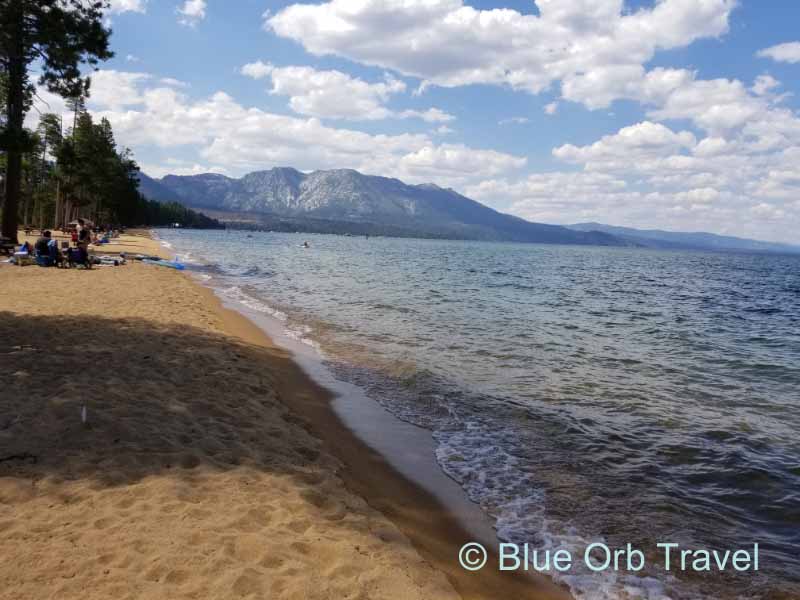
On a Lighter Note
Looking back, I think we were the only ones in our campground who didn’t have a pet with them. We saw many dogs of all sizes and breeds taking walks with their owners while we were there and I hope this unfortunate attack on one of them will be a reminder that pets and small children must be watched at all times while in the wilderness. I’m not so sure, though, since the morning after the incident I saw a dog tied up outside the restroom unattended while the owner was inside. We learned that the brave little dog that survived the coyote attack was a dachshund or wiener-dog. Talk about Mighty Dog! I guess the coyote didn’t realize that dachshunds are also descended from ferocious hunters. Anyway, I now have an even greater respect for these little fellows. As the British comedian Benny Hill once famously said about wiener-dogs, ‘they’re a dog and a half long and a half a dog high. Kids love them because they can all pet them at the same time. The only problem with dachshunds is that it’s hard to get the boy dogs to go out for a walk in the snow’.
Camping at Lake Tahoe Read More »

